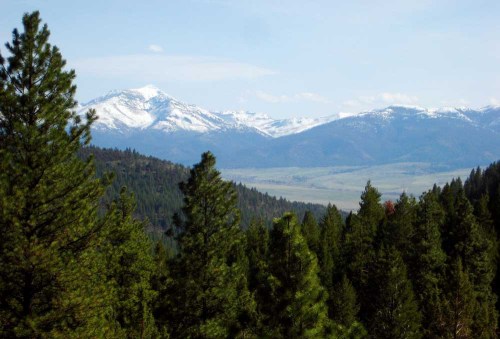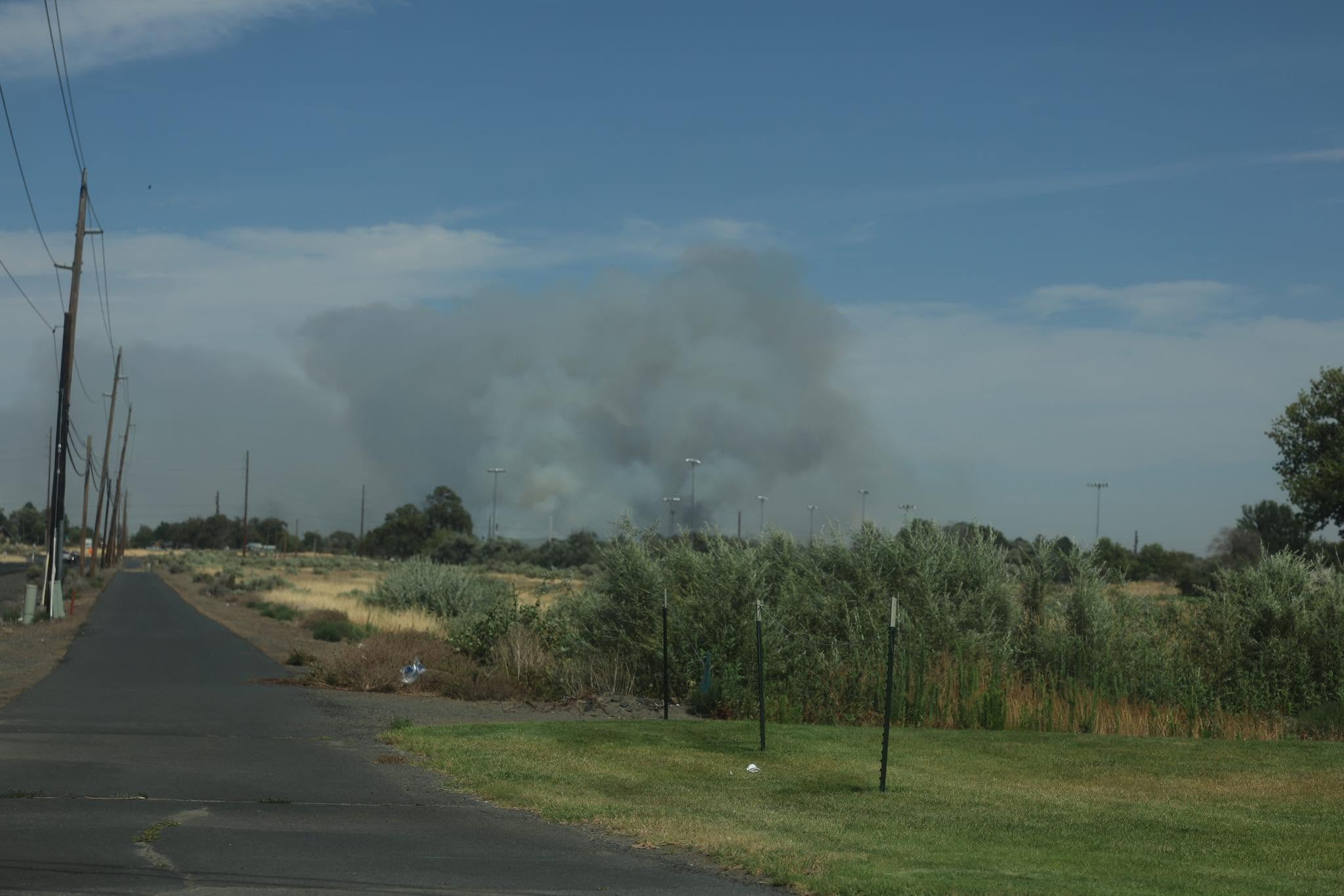Seeding the future: Forestry partners look to extend funding for Malheur restoration
Published 4:31 pm Tuesday, October 26, 2021

- The Southern Blues Restoration Coalition, a joint effort of the Blue Mountains Forest Partners and the Harney County Restoration Collaborative, has applied for 10 years of additional funding to continue restoration projects on the Malheur National Forest.
JOHN DAY — A coalition of environmentalists, public land managers and timber industry professionals who found common ground on hot-button forestry issues a decade ago have applied for a 10-year extension of their federal funding at $4 million per year to continue doing restoration projects on the Malheur National Forest.
According to Craig Trulock, Malheur National Forest supervisor, U.S. Agriculture Secretary Tom Vilsack has not yet approved a list of prioritized projects to be funded under the Collaborative Federal Landscape Restoration Program, which is intended to encourage ecological and economic sustainability and reduce the risk of catastrophic wildfires.
Money for CFLRP projects — including ongoing work on the Malheur by the Southern Blues Restoration Coalition — is supposed to be included in the infrastructure bill working its way through Congress.
Despite the uncertainty surrounding that measure, Trulock said he is confident the funding will come through.
“The proposed appropriations are $80 (million) to $100 million that are floating around in Washington,” Trulock said. That figure would more than double what the Southern Blues initiative has received in the past, he said.
The Southern Blues Restoration Coalition is a joint effort of Blue Mountains Forest Partners and the Harney County Restoration Collaborative. Both are forestry collaboratives, groups of diverse stakeholders formed to find solutions to stubborn forestry issues that satisfy environmental concerns while providing jobs in the woods and generating a steady and predictable timber supply to feed area lumber mills.
Backed by the two collaboratives, the Southern Blues Restoration Coalition has been supported by CFLRP money since 2012. The coalition was initially awarded $2.5 million per year and received a bump to $4 million per year in 2016.
According to the coalition’s application for a federal funding extension, it currently oversees nearly 900,000 acres on the Malheur and proposes to treat an additional 210,000 acres.
A record of success
The Southern Blues Restoration Coalition’s work has received praise at the national level, but its most dramatic success story might be Malheur Lumber, Grant County’s lone sawmill and largest private employer.
In 2012, the same year Southern Blues was formed, Malheur Lumber announced plans to close down, citing an inconsistent and unreliable timber supply. But the coalition was able to help broker a deal that kept the mill running.
Working with the coalition, the U.S. Forest Service was able to accelerate timber sales and increase the pace of restoration work on the Malheur by entering into a 10-year stewardship contract with Iron Triangle, a John Day-based logging company.
Stewardship contracts typically involve a mix of timber sales and restoration work while supporting local jobs in the timber industry.
According to the coalition’s funding application, the long-term contract with Iron Triangle has enabled the logging company to add approximately 50 employees while creating a predictable supply of restoration byproducts to Malheur Lumber, thus allowing the mill to keep its doors open.
Funding streams
Forest Service program manager Roy Walker pointed out that stewardship contracting and CFLRP are different funding mechanisms.
He also said stewardship contracts are fundamentally different from traditional timber sales contracts.
The Forest Service awards timber contracts by identifying an area with commercially marketable trees, marking the boundaries of the proposed timber sale and estimating the amount of merchantable wood in the sale area, Walker said. Then the agency evaluates the fair market value of the timber and opens up a bidding process to companies that can meet bonding and other requirements.
According to Walker, the Forest Service also can award service contracts for projects that do not include removing marketable timber. He said this could consist of pre-commercial thinning, trail maintenance or stream restoration.
As the Forest Service expanded its forest restoration, fuels reduction and thinning activities, Walker said, it melded forest management work, which often lacks commercial value, with timber sales.
Stewardship brings the two together, allowing the Forest Service to award the commercial value that loggers ordinarily would bid on to finance restoration work on national forest land.
Webb said roughly 70 or 80% of the commercial timber harvested each year on the Malheur National Forest is through the 10-year stewardship contract.
Another 30%, Webb said, comes from traditional timber sales or other contract mechanisms that anyone can bid on.
In a traditional timber sale, Webb noted, the highest bidder gets the timber, logs it and pays the Forest Service, which then hands the money to Washington, D.C. One benefit of a stewardship contract, he said, is that the money stays in the county.
What’s next?
The Iron Triangle contract expires in 2023, and it’s not clear at this point what will happen then.
Trulock said he’ll be discussing that topic next month at the November meeting of Blue Mountains Forest Partners. While long-term stewardship contracts have certain advantages, he pointed out, there are lots of other approaches that can work as well.
His talk to the Blue Mountains collaborative, Trulock said, will focus on the “suite of tools in the toolkit.”









